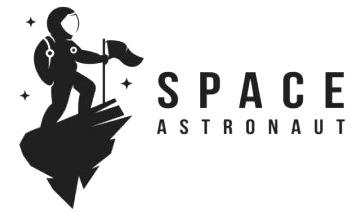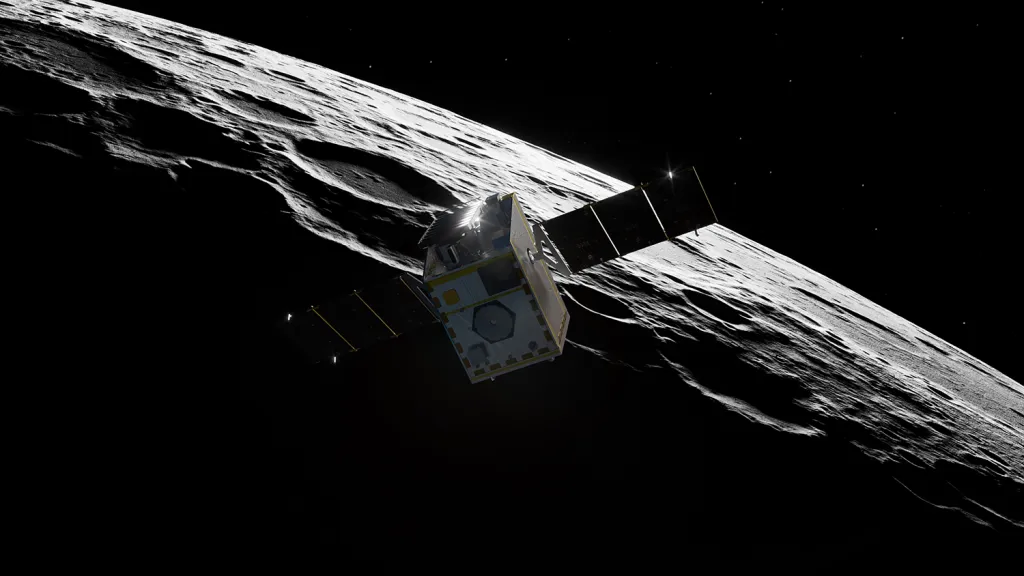As we usher in the new year 2023, let us take a moment to reflect on the year that has passed and all the opportunities that lie ahead. While we may not have a time machine to revisit the past or a crystal ball to predict the future, we do have the power to shape our own destiny. One way we can do this is by making plans for the future, both near and far. With that in mind, we invite you to join us as we look ahead to 2019 and explore the exciting plans in store for NASA’s New Horizons mission.
Your Cosmic Gateway to a New Decade
Your Cosmic Gateway to a New Decade
As we bid farewell to the decade and toast the arrival of a new era, let us embark on a celestial journey that will transcend the boundaries of time and space. Join us on New Year’s Eve,2022,as we gather under the stars for the launch of NASA’s New Horizons spacecraft towards the unexplored reaches of the Kuiper Belt. Witness the moment as the probe embarks on a groundbreaking mission, promising to shed light on the enigmatic objects that reside in the outer solar system, and marking a historic chapter in our quest to unravel the cosmos. From the grandeur of the celestial tapestry to the wonder of scientific exploration, this extraordinary event will become a cosmic gateway to the advent of a new decade, filled with infinite possibilities and uncharted horizons.
Witness history in the Kuiper Belt
The Kuiper belt is a region of our solar system that lies beyond the orbit of Neptune. it is home to billions of icy bodies, including dwarf planets, comets, and asteroids. These bodies are thought to be remnants of the solar system’s early formation, and they offer scientists a glimpse into the history of our planet.
| Dwarf planets | Comets | Asteroids |
|---|---|---|
| Pluto, Eris, Haumea, Makemake, Gonggong | Halley’s Comet, comet Hale-Bopp, Comet Hyakutake | Ida, Gaspra, Eros |
Unveiling Ultima Thules Secrets
Unveiling Ultima Thules Secrets
New Horizons’ historic encounter with Ultima Thule, the most distant celestial body ever studied up close, revealed a fascinating world. This enigmatic object’s bilobate shape, composed of two distinct lobes, tantalized scientists.Studies have shown that ultima Thule formed from two icy planetesimals that gently collided and merged into one, creating its unique “snowman”-like appearance. Its reddish surface is adorned with ancient craters and a large impact basin named Mary crater, which may have been created by an impact that split Ultima Thule into two lobes.The data collected by New Horizons provides invaluable insights into the formation and evolution of our solar system’s most distant regions.
| Feature | Description |
|—|—|
| Shape | Bilobate, resembling a snowman |
| Size | Approximately 31 miles (50 kilometers) long and 20 miles (32 kilometers) wide |
| Composition | Water ice, organic molecules, and rock |
| Surface Features | Craters, ridges, and plains |
| Distinct Lobes | Nicknamed “Ultima” and “Thule” |
| Mary Crater | A large impact basin on the Ultima lobe |
| Origin | Formed from the gentle collision and merger of two icy planetesimals |
Capturing New Horizons Epic Finale
Capturing New Horizons Epic Finale
Join us on December 31st, 2023, as we witness the culmination of the historic New Horizons mission. After its groundbreaking encounter with Pluto in 2015, the spacecraft embarked on an extended journey into the uncharted Kuiper belt, targeted at a small celestial body known as Ultima Thule. this distant and enigmatic object, located nearly four billion miles from the Sun, presents a tantalizing opportunity to unravel secrets dating back to the formation of our solar system. As New Horizons approaches its final destination, scientists eagerly anticipate the wealth of data it will yield. The spacecraft’s cameras and instruments will capture unprecedented images and data,promising to deepen our understanding of planetary formation and the evolution of our cosmic neighborhood.
Key Takeaways
As the clock strikes midnight on December 31st, 2018, a new era of space exploration will begin. New Horizons, a spacecraft launched by NASA in 2006, will make its closest approach to the Kuiper Belt object 2014 MU69, nicknamed “Ultima Thule.” This flyby will be the farthest encounter of any spacecraft with a celestial body in history.
The data and images collected by New Horizons will provide scientists with insights into the origin and evolution of the solar system. Ultima Thule is thought to be a remnant of the early solar system, and its pristine surface may hold clues about the conditions that existed billions of years ago.
The New Horizons mission is a testament to the human spirit of exploration. It is indeed a reminder that there are still great mysteries in the universe waiting to be discovered. As we ring in the new year, let us look forward to the adventures that lie ahead and the discoveries that we will make together.

